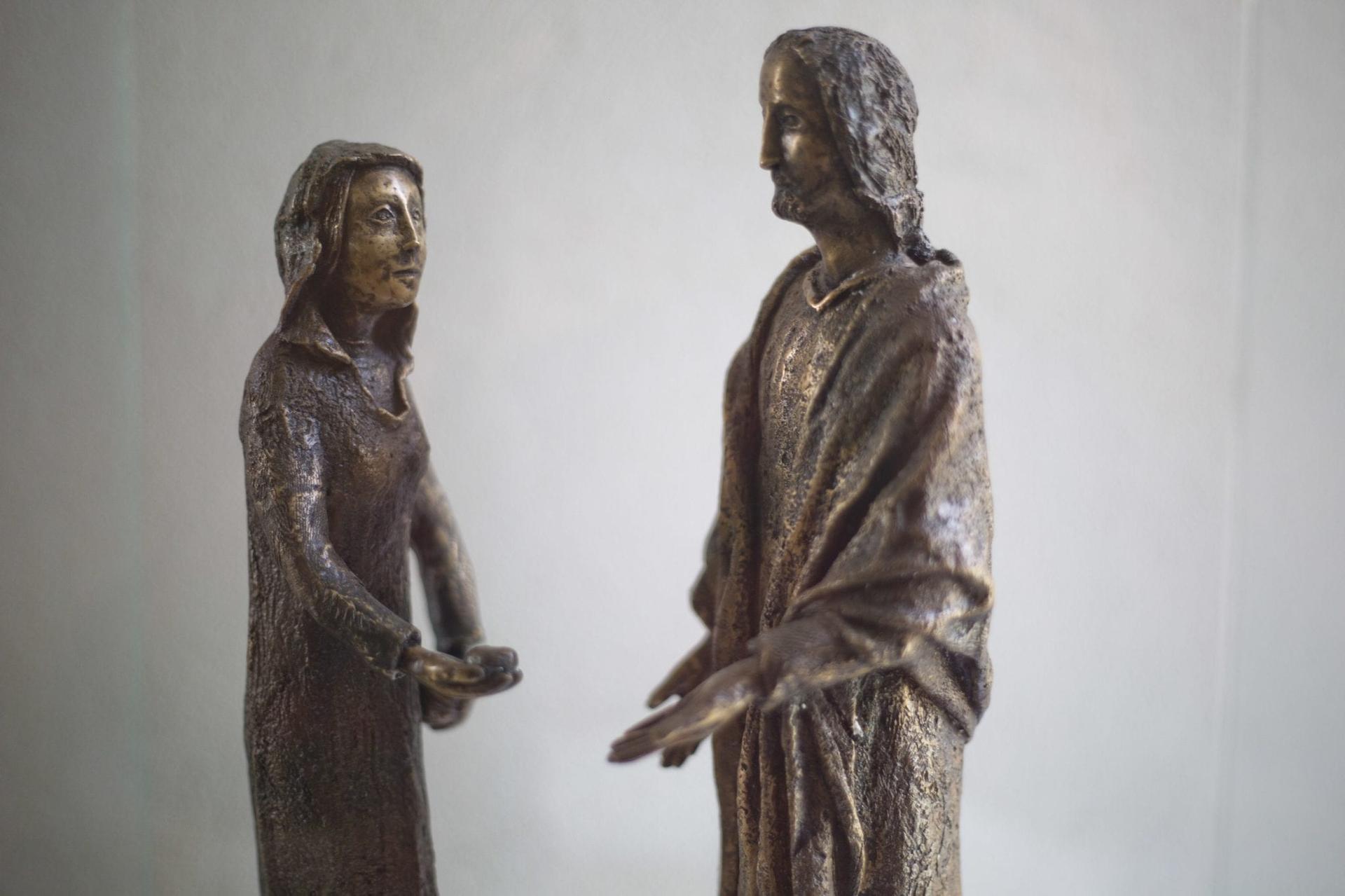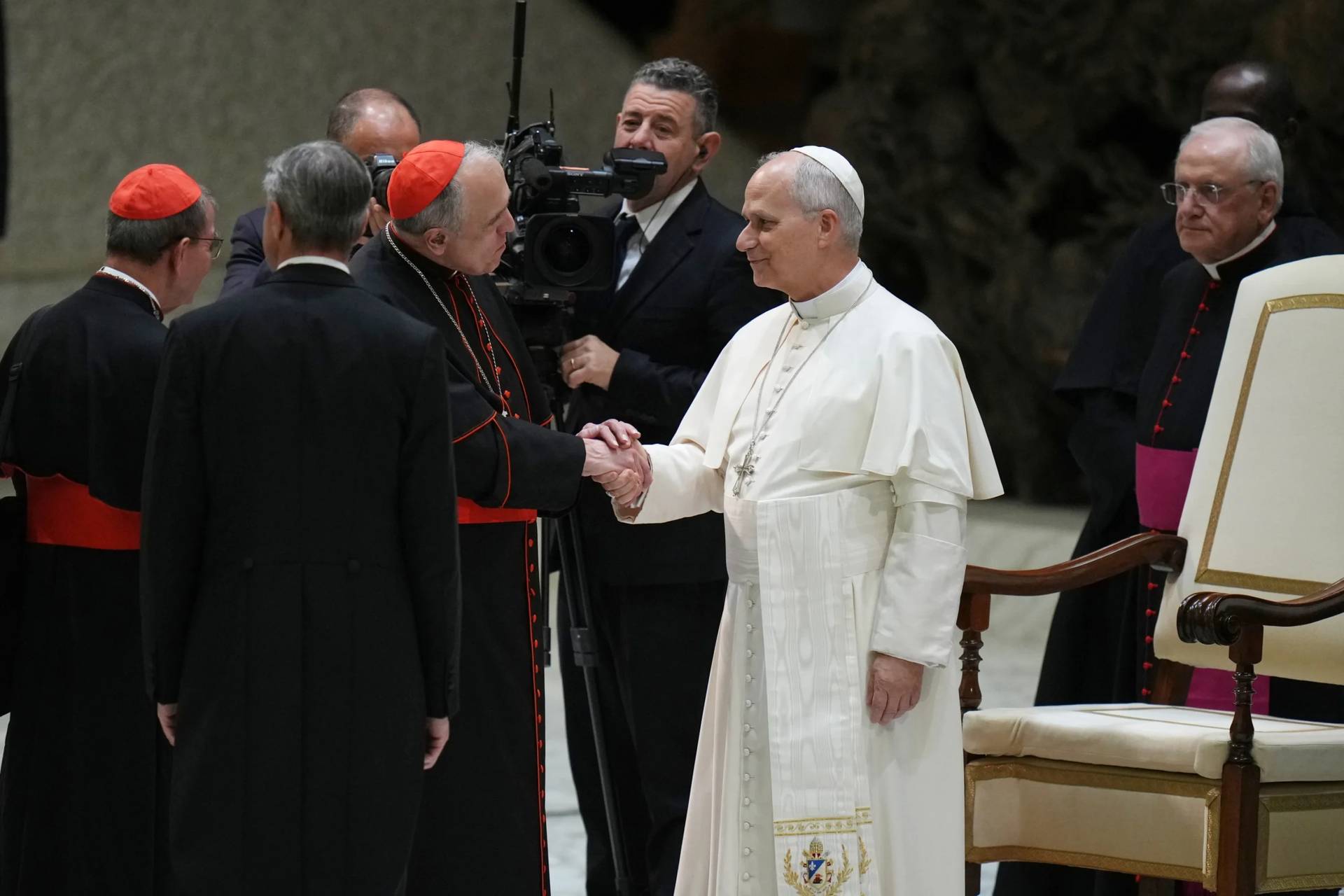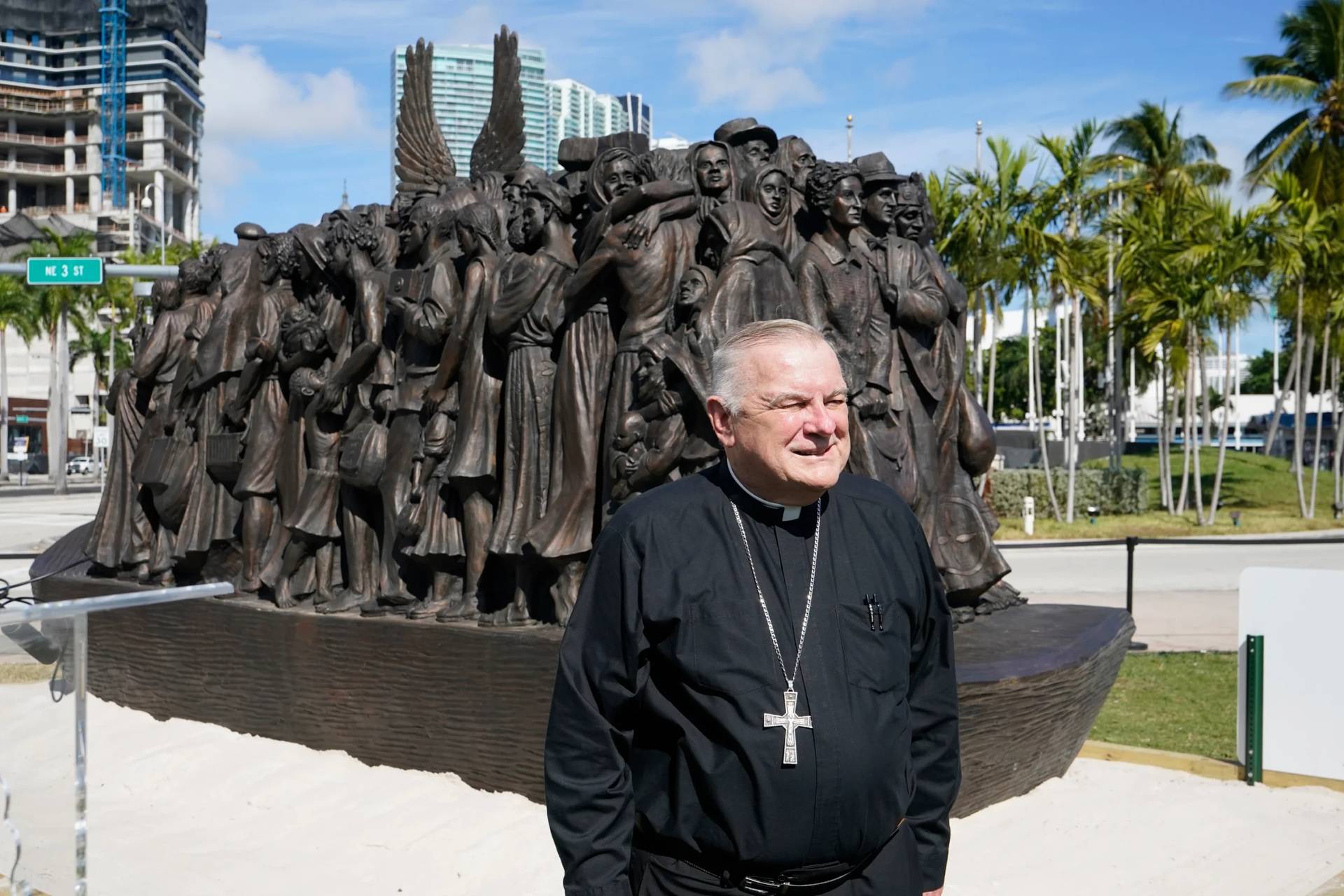ROME – Earlier this week the Catholic Church honored Saint Mary Magdalene, perhaps the most important woman in the New Testament aside from the Virgin Mary, whose day of remembrance in the liturgical calendar was upgraded to a feast by Pope Francis in 2016.
A faithful disciple of Jesus who followed him throughout his ministry, she was present at the foot of the cross during Jesus’ crucifixion, and she was the first of the disciples to see Jesus after his resurrection from the dead.
Yet despite her prominent role in the Gospels, Mary Magdalene is still shrouded in mystery. Relatively little is known about her life and history, and the most public theories center around one particular issue that has at least some theologians stirring: Her sexual status.
Who was Mary Magdalene?
When it comes to scripture, there really is something about Mary. Many of the important women in the Gospels share the name: Mary the Mother of Jesus, Mary of Bethany, the sister of Martha, and Mary Magdalene, just to name a few.
There were two Marys at the foot of the cross when Jesus was crucified, and keeping them straight is a feat even for average Catholics.
The Virgin Mary holds the highest standing of any among the Catholic saints, however, Mary Magdalene was dubbed the “apostle of the apostles” by St. Thomas Aquinas since after being the first to see Jesus after his resurrection, she was the one Jesus tasked with telling the other disciples about his rising from the dead.
In Catholic circles, Mary Magdalene is commonly represented as a repentant prostitute who after receiving forgiveness for her sins, leaves her life of sin behind and follows Jesus.
More recently, popular culture has even depicted her as Jesus’ lover in theatre and books such as Andrew Lloyd Webber’s “Jesus Christ Super Star” which depicts Mary as a repentant prostitute in love with Jesus; Dan Brown’s Da Vinci Code which portrays Mary Magdalene as Jesus’ wife; and the new movie “Risen,” which also shows Mary as a repentant prostitute.
Yet, according to Peruvian theologian Rocio Figueroa, none of these hypotheses are true.
A lecturer in Systematic Theology at Good Shepherd College in Auckland, New Zealand, and an External Researcher at the Centre for Theology and Public Issues at Otago University, Figueroa has studied the topic of sexuality in the Catholic Church, and recently released a study proposing that Jesus himself was a victim of sexual abuse.
RELATED: Theologian, survivor argues that Jesus himself suffered sexual abuse
Speaking to Crux, Figueroa said what is known about Mary Magdalene from scripture is relatively little, but it speaks volumes about her importance in the early Christian community.
Pointing to references about Mary Magdalene in the Gospels of Luke, Matthew and John, Figueroa said the information gathered from each reveal several clear facts about her: that this particular Mary came from Magdala; that she was among a number of women who followed Jesus in addition to the 12 disciples; that she was with him from the beginning of his ministry to his crucifixion, and that she was the first to tell the other disciples about his resurrection.
Figueroa said Matthew’s Gospel also shows that Mary supported the disciples financially, implying that she was likely a woman of wealth and higher social status.
The theory that Mary was a prostitute, she said, didn’t arise until around 591 when Pope Gregory the Great “confused” three women in the Gospel: Mary of Magdala, Mary of Bethany and the sinful woman who washes Jesus’ feet with her tears.
In a homily, Pope Gregory stated that “She whom Luke calls the sinful woman, whom John calls Mary, we believe to be the Mary from whom seven devils were ejected according to Mark. And what did these seven devils signify, if not all the vices?”
“It is clear, brothers, that the woman previously used the unguent to perfume her flesh in forbidden acts…What she therefore displayed more scandalously; she was now offering to God in a more praiseworthy manner,” he said.
Since then, the representation of Mary Magdalene as a repentant prostitute has almost become commonplace. In Ireland, for example, the infamous “Magdalene laundries” housed so-called “fallen women,” and the word “Magdalene” itself was sometimes used as a synonym for prostitute.
However, “in no part of the Scriptures is Mary Magdalene identified as a prostitute,” Figueroa said.
At one point the Gospels mention that Mary Magdalene was freed from seven demons, but at the time, physical or psychological issues were also tied to spiritual illnesses, meaning the “demons” she was freed from “could have been any type of illness,” and not necessarily related to a life of promiscuity.
It was not until 1969 that Pope Paul VI removed the identification of Mary Magdalene with Mary of Bethany and the “sinful woman” from Calendarium Romanum, listing the dates and celebrations of Roman Catholic saints. In Eastern Catholicism, Mary Magdalene was never characterized as a prostitute.
Figueroa said Pope Francis himself sought to rehabilitate her image while also recognizing her important role in the Gospels by establishing a major feast be celebrated in her honor every year on July 22.
“It has been a pity, that such an important woman role model as Jesus’ follower has been shadowed by her characterization as a prostitute,” she said, pointing to the fact that this “distorted image” of Mary of Magdala has been widely diffused.
A problem with the Catholic understanding of sexuality?
In Figueroa’s view, the misunderstanding of Mary Magdalene’s identity is not only a problem from a historical point of view, but it also points to a deeper problem in Catholic thought.
Taking an important woman and reducing her identity to theories solely focused on her sexual status “shows how women have been sexualized in societies and also in the biblical narratives,” Figueroa said, noting how in the Old Testament, sexual sins “were always associated with women and all sexual sins were women’s responsibility.”
“In the Old Testament we find a rape culture that is normalized,” she said, citing the story of Tamar from Genesis, who, according to traditional practice at the time, was passed to her deceased husband’s brothers in order to produce an heir.
“Sexualizing women is a way to marginalize them and control them,” Figueroa said, noting that Catholic culture tends both to highlight and praise the aspect of virginity in women, but not in men.
“Our patriarchal societies have tried to maintain their power and in an unconscious way many men trying to express their inhibitions went to two extremes: Either women were the deprived and the temptress, or they were pure, chaste and angelic.”
In her view, Figueroa said she believes the tendency to these extremes is a reaction “against a strong woman.”
The so-called “bad girls” were the ones who raised their voices and were not afraid to speak out, she said. Under a certain mentality, it’s easier to speak of a repentant prostitute than a woman who was a leading disciple financially supporting the early Christian community, she said.
Sexualizing women “is a way for men to protect their own power,” Figueroa said, adding that Mary Magdalene’s leadership role can be a “challenging one” for some either to comprehend or accept.
Figueroa said she believes the tendency to sexualize women is at least one proof that “the Catholic mentality on human sexuality is not healthy at all.”
A new “theology of sexuality” is needed, she said, explaining that any serious conversation about this must include findings produced by science, psychology and anthropology, and it must include more contributions from the laity who are married.
She noted how Francis has at times chided “the error of the way we concentrate on moral and sexual ethics and we do not talk about the core of our faith: following Jesus Christ and loving others.”
Quoting Catholic philosopher Emmanuel Mounier, Figueroa said the Catholic Church is “too obsessed with sexuality.”
According to Mounier, she said, “the fact that the doctrine was written by priests who had to live celibacy reflects the obsession of some of them with their difficulty in living it … Among all the sins that people are aware of, many persist in thinking that sexual sins are the worst.”
“This is unhealthy,” Figueroa said, noting that “the cold-blooded sins of pride and prejudice are as damaging as the hot-blooded ones.”
Mary Magdalene, she said, “could easily be counted in the #MeToo movement and in the #NunToo movement. Just as the apostles didn’t believe her testimony (about) the resurrection, we continue to doubt her leadership role in the Church by sexualizing her.”
Follow Elise Harris on Twitter: @eharris_it
Crux is dedicated to smart, wired and independent reporting on the Vatican and worldwide Catholic Church. That kind of reporting doesn’t come cheap, and we need your support. You can help Crux by giving a small amount monthly, or with a onetime gift. Please remember, Crux is a for-profit organization, so contributions are not tax-deductible.













